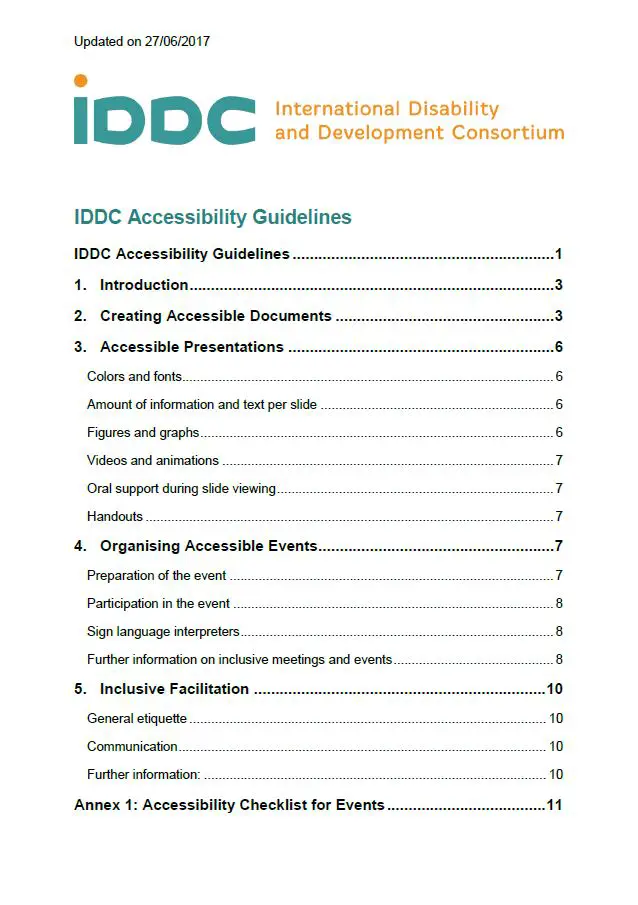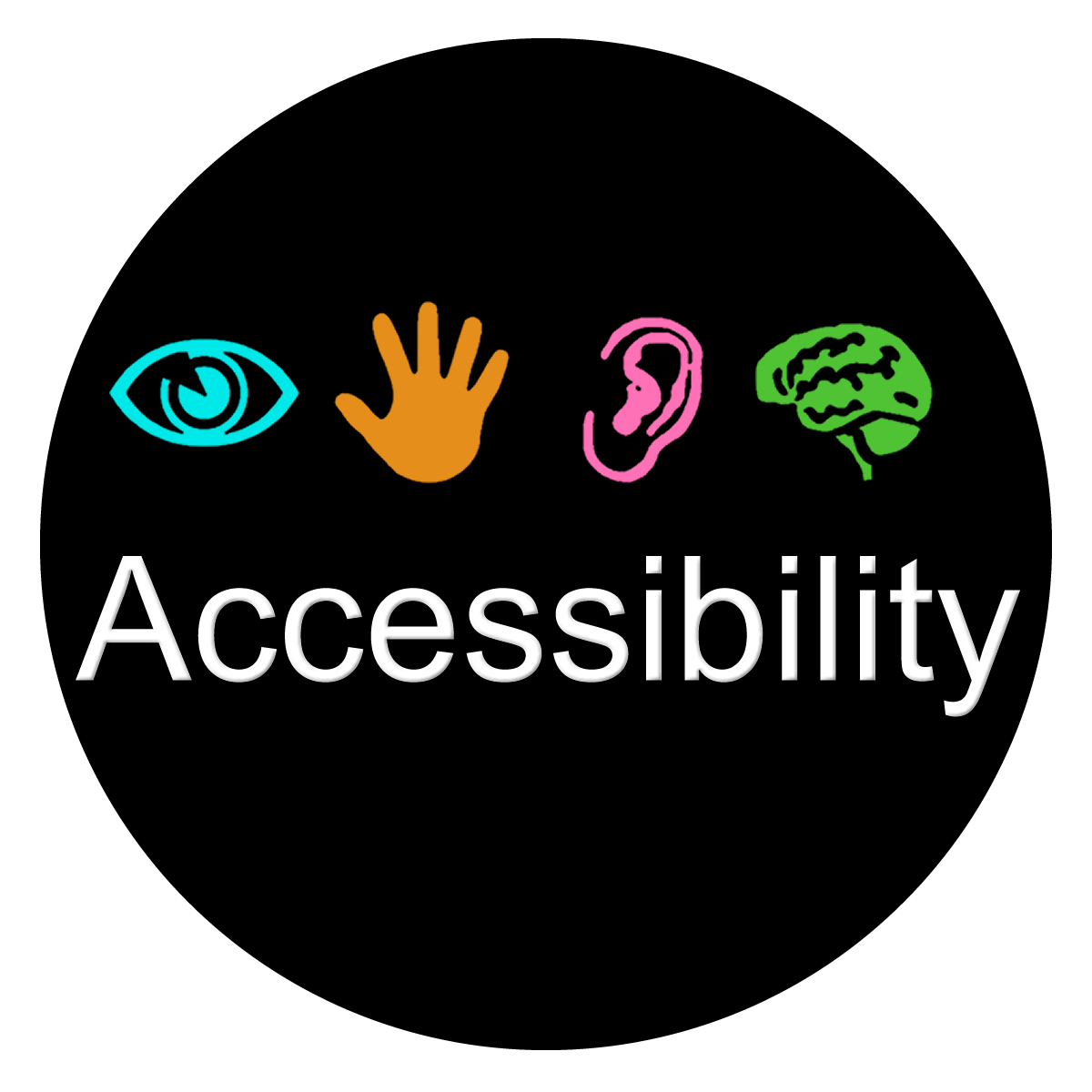Accessibility Oversights: Ensuring Your Code Is Accessible To All

Accessibility oversights occur when developers fail to consider the needs of users with disabilities when designing and developing software. This can result in users being unable to access or use the software effectively. Some common accessibility oversights include:

- Lack of keyboard accessibility: Users with motor impairments may be unable to use a mouse, so it is important to ensure that all functionality can be accessed via the keyboard.
- Lack of screen reader support: Screen readers are used by blind and visually impaired users to access the content of a web page. Developers should ensure that their code is compatible with screen readers.
- Insufficient color contrast: Users with low vision may have difficulty distinguishing between elements with insufficient color contrast.
- Lack of captions and transcripts: Deaf and hard of hearing users rely on captions and transcripts to access audio and video content.
- Inaccessible forms: Forms should be designed to be easy to understand and fill out for users with disabilities.
Accessibility oversights can have a significant impact on the usability of software for users with disabilities. By taking steps to address these oversights, developers can ensure that their code is accessible to all users.

Here are some tips for ensuring your code is accessible to all users:
- Use semantic HTML: Semantic HTML elements provide information about the structure and meaning of the content on a web page. This information can be used by assistive technologies to improve the user experience for users with disabilities.
- Provide keyboard accessibility: All functionality should be accessible via the keyboard. This means that users should be able to navigate the page, fill out forms, and activate buttons using only the keyboard.
- Ensure screen reader support: Screen readers rely on the HTML code on a web page to determine the content of the page. Developers should ensure that their code is clear and concise, and that it uses proper heading and structural elements.
- Provide sufficient color contrast: The contrast between the foreground and background colors on a web page should be sufficient to ensure that users with low vision can easily distinguish between them.
- Provide captions and transcripts: Captions and transcripts should be provided for all audio and video content. This will ensure that deaf and hard of hearing users can access the content.
- Test your code with assistive technologies: The best way to ensure that your code is accessible is to test it with assistive technologies such as screen readers and keyboard simulators.
By following these tips, you can help to ensure that your code is accessible to all users, regardless of their abilities.## Accessibility Oversights: Ensuring Your Code Is Accessible To All
Executive Summary
In the realm of web development, accessibility holds paramount importance, ensuring that all individuals, regardless of abilities or limitations, can seamlessly navigate and interact with digital content. Yet, oversights in accessibility practices can hinder the inclusivity efforts of websites, rendering them inaccessible to certain user groups. This article delves into the prevalent oversights in accessibility, exploring the crucial subtopics that require meticulous attention to ensure a truly inclusive user experience. By understanding and addressing these oversights, web developers can create websites that empower users with diverse abilities, fostering equity in the digital landscape.
Introduction
In a world where technological advancements are rapidly transforming the way we access information and communicate, ensuring accessibility is no longer an option but a fundamental obligation. Every individual, irrespective of their disabilities or impairments, deserves the opportunity to fully engage with the digital world. However, accessibility oversights continue to plague many websites, creating barriers for users with disabilities.
FAQs
FAQ1: What is the significance of implementing accessibility features?
Accessibility features serve as the cornerstone of an inclusive web experience, allowing users with disabilities to access and interact with websites effortlessly, ultimately enhancing overall user satisfaction and engagement.
FAQ2: How can I determine if my website is accessible?
Utilize web accessibility evaluation tools and guidelines, such as WAVE or WCAG 2.0, to assess the accessibility of your website. These tools provide insights into potential accessibility issues, enabling you to make informed improvements.
FAQ3: Is it necessary to make all websites accessible?
While it is not a legal requirement in all jurisdictions, adhering to accessibility standards is an ethical and social responsibility. By prioritizing accessibility, you demonstrate your commitment to inclusivity and cater to a wider audience.
Top 5 Accessibility Oversights
Oversight 1: Absence of Alternative Text for Images
For users who are visually impaired or utilize screen readers, alternative text serves as a crucial element. It conveys the context and purpose of images, allowing them to comprehend the content effectively.
- Implement descriptive alternative text for all images, succinctly summarizing their content.
- Avoid using generic alternative text such as “image” or “logo.”
- Ensure that alternative text accurately conveys the visual information present in the image.
Oversight 2: Lack of Keyboard Accessibility
Individuals who cannot use a mouse rely heavily on keyboard navigation. Overlooking keyboard accessibility creates barriers for these users, hindering their ability to interact with web elements.
- Ensure that all interactive elements, including navigation menus, form fields, and buttons, are accessible via keyboard commands.
- Use tab order to define the logical sequence of focus, allowing users to navigate efficiently.
- Provide clear keyboard shortcuts for common actions, simplifying navigation for users with limited mobility.
Oversight 3: Inaccessible Color Contrasts
Color plays a vital role in conveying information. Insufficient color contrast can make text and other elements difficult to discern for users with low vision or color blindness.
- Utilize high contrast colors to ensure text and essential elements are easily readable.
- Follow WCAG 2.0 guidelines for minimum color contrast ratios.
- Use colorblindness simulation tools to assess the accessibility of color choices.
Oversight 4: Neglecting Closed Captions for Multimedia
For deaf or hearing-impaired users, closed captions provide vital access to audio content. Omitting closed captions deprives these users of the opportunity to engage with videos and other multimedia.
- Provide accurate and synchronized closed captions for all video and audio content.
- Ensure that closed captions are properly formatted and presented.
- Consider providing transcripts in addition to closed captions for enhanced accessibility.
Oversight 5: Inadequate Form Input Accessibility
Forms are essential for collecting user information. Overlooking form accessibility makes it challenging for users with disabilities to complete and submit forms effectively.
- Label form fields clearly and concisely, using descriptive language.
- Provide instructions and error messages in accessible formats.
- Ensure that form fields are compatible with assistive technologies, such as screen readers.
- Consider using CAPTCHA alternatives that are accessible to users with disabilities.
Conclusion
Accessibility oversights can inadvertently create significant barriers for users with disabilities, undermining the inclusivity and usability of websites. Addressing these oversights through diligent planning and implementation is paramount to creating truly accessible digital experiences. Embracing accessibility practices not only enhances the user experience for all but also demonstrates a commitment to equity and social responsibility. By implementing the best practices outlined in this article, web developers can empower users with diverse abilities, ensuring that the digital world is truly accessible to all.
Keyword Tags
- Web Accessibility
- Accessibility Oversights
- Inclusive Design
- Disability Accommodations
- User Experience Optimization

